There’s no denying that two-time Oscar-winning actor Cate Blanchett is an asset to every film she’s part of, but, unfortunately, her character of Lilith began a chain reaction of problems for the Borderlands movie. An adaptation of Gearbox Software’s bestselling video game series of the same name, Borderlands landed a dismal Rotten Tomatoes score right out of the gate. With terrible buzz from critics and audiences alike, director Eli Roth’s Borderlands became a box office disappointment, garnering less than $10 million over its opening weekend — against a $120 million budget.
Although Borderlands’ cast of characters includes some of the games’ most iconic personalities, the movie chooses not to adapt any of the preexisting narratives in a one-to-one way. By borrowing tidbits, the Borderlands movie is full of Easter eggs and references, but it’s also a complete narrative jumble that takes away from the franchise’s beloved and established stories and characters. For example, Ariana Greenblatt’s Tiny Tina’s origins are different from Borderlands 2 — all because the story must serve Lilith’s (Blanchett) arc. It’s one of many reasons Lilith’s character doomed the movie before it even premiered.
Lilith Should Not Be The Borderlands Movie’s Main Character
Cate Blanchett’s Star Power Wasn’t Used Correctly By Borderlands
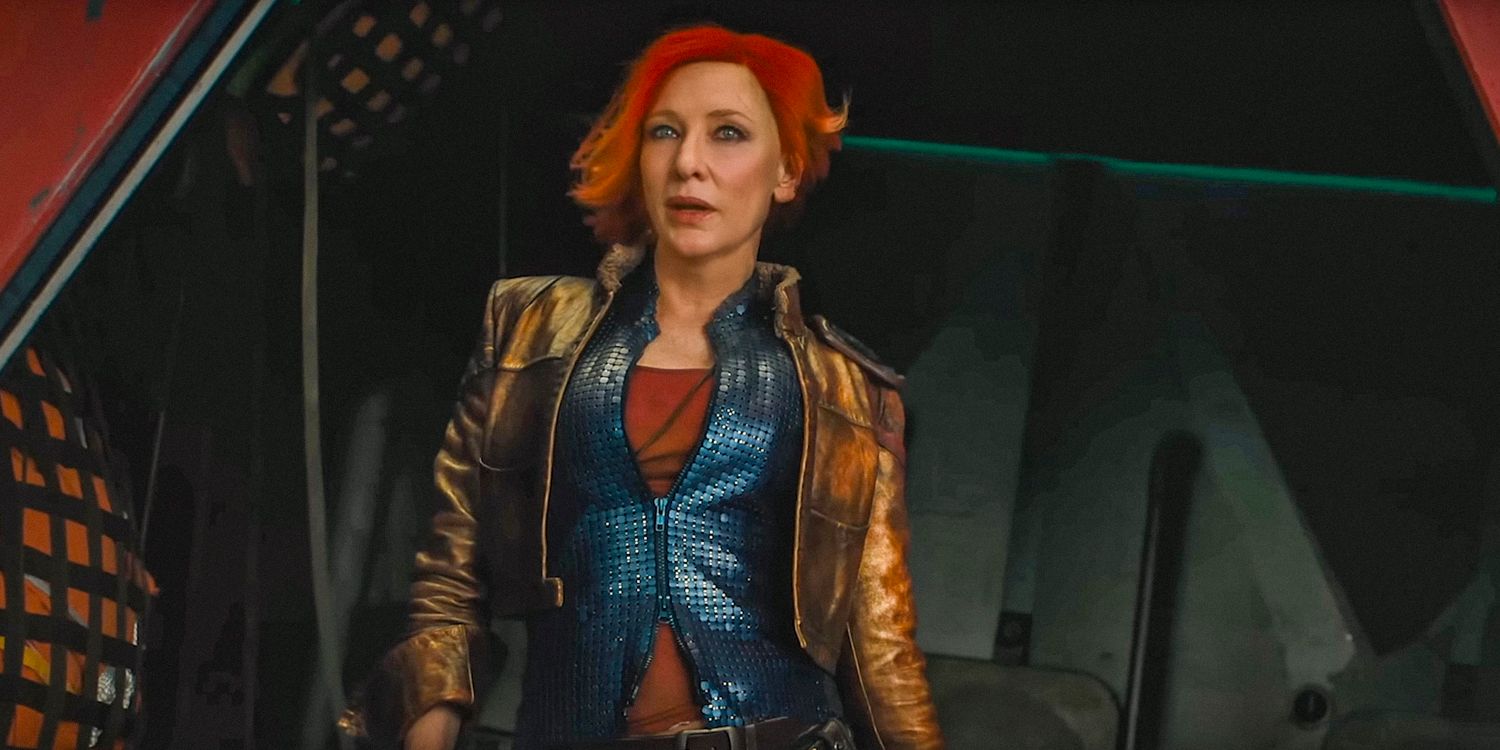
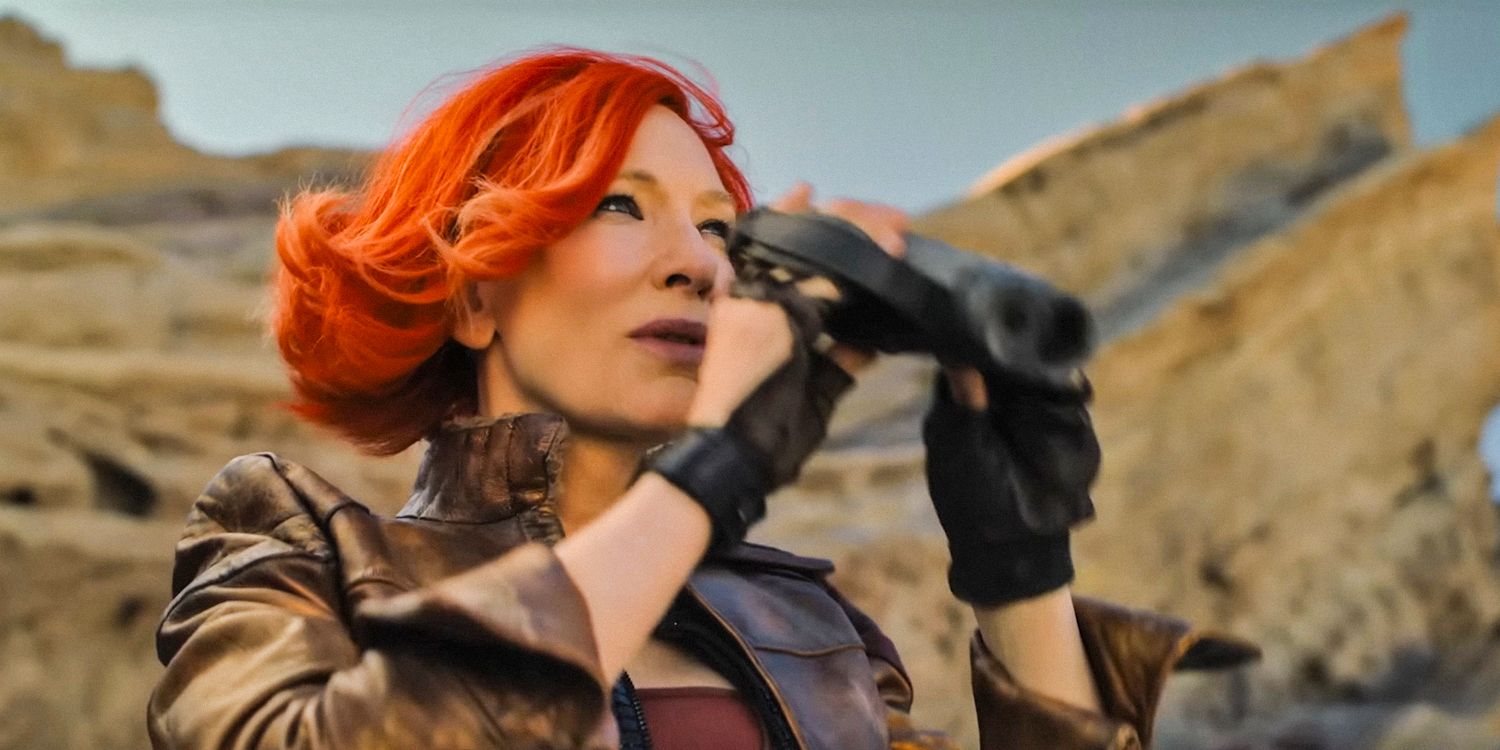
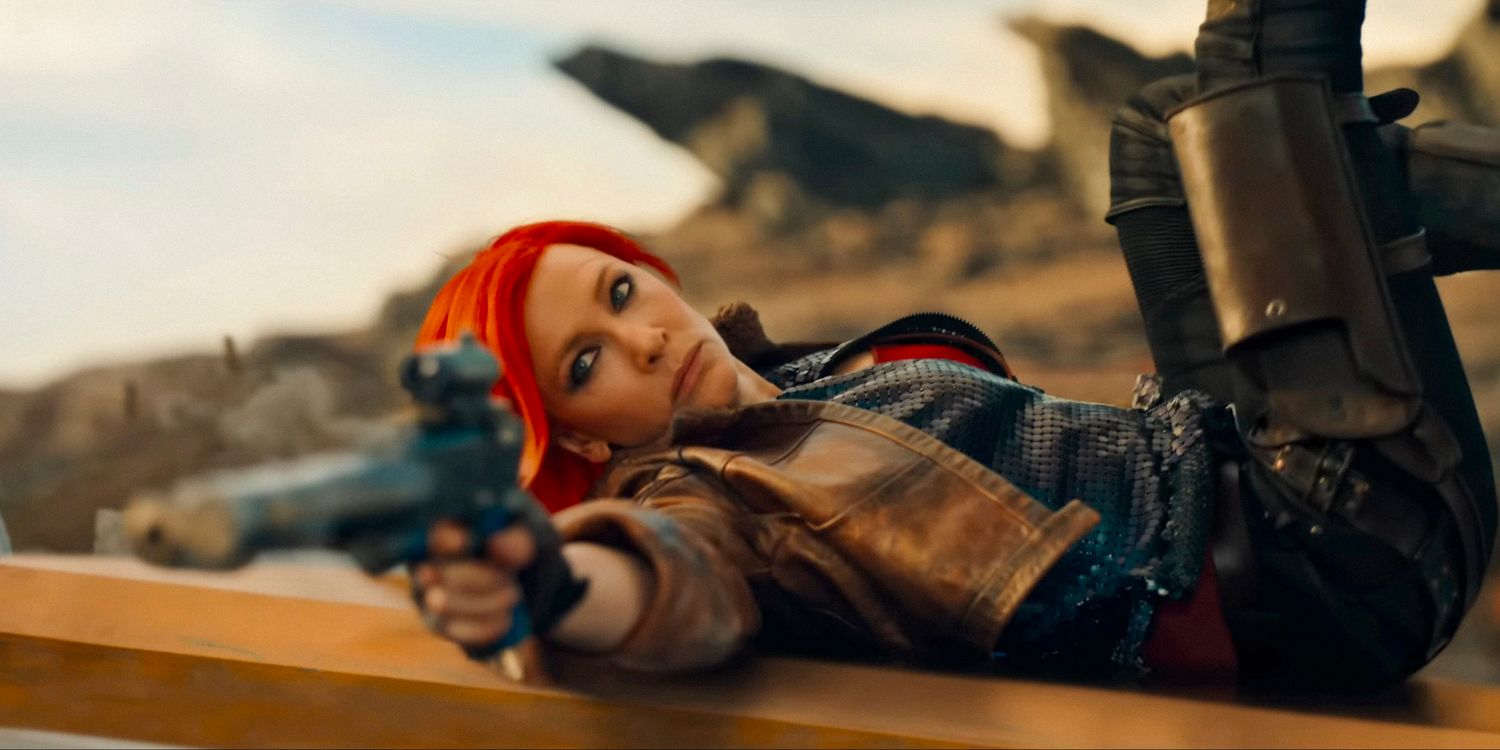
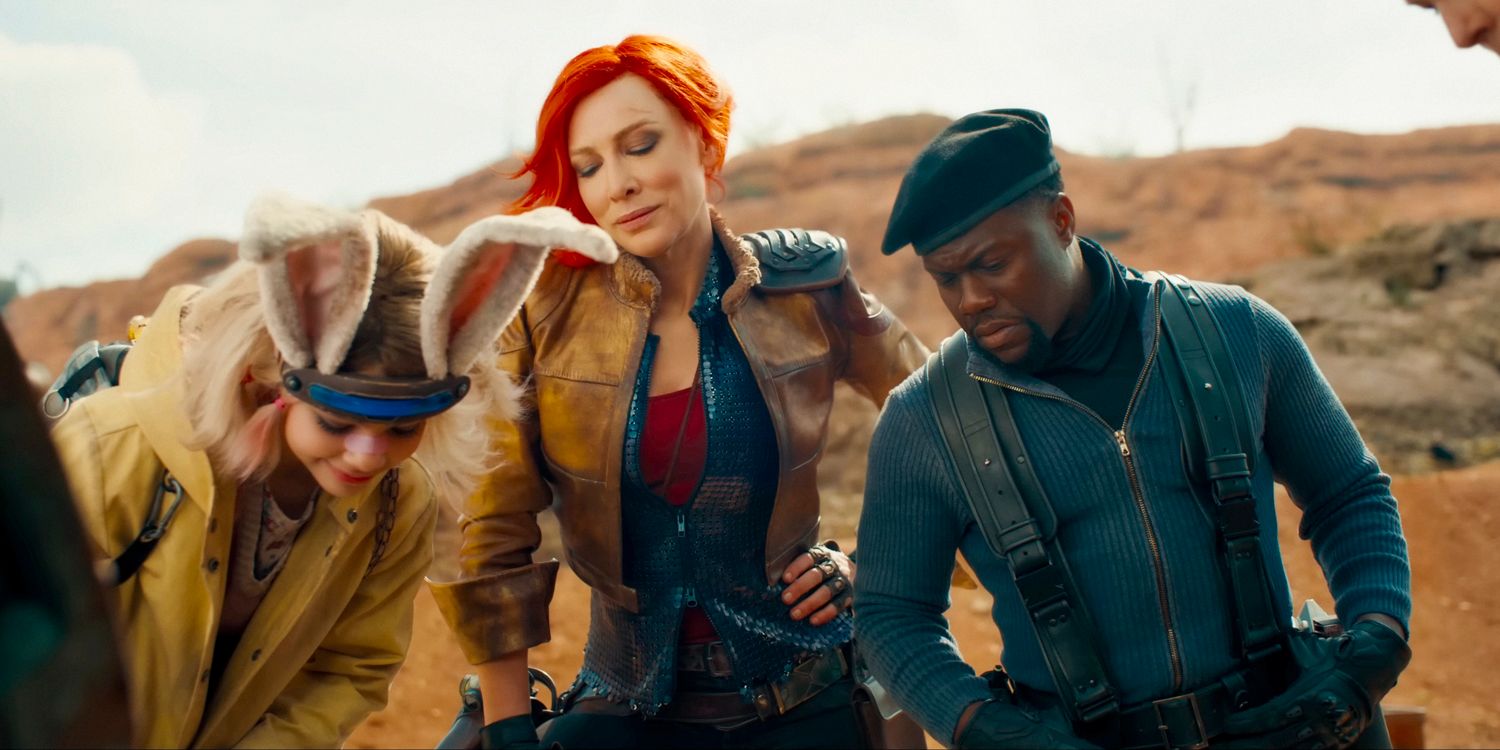
Turning Lilith into the movie’s main character was probably the most massive mistake Eli Roth and co-writer Joe Crombie made with Borderlands. At the very least, it’s one of the biggest problems with the Borderlands movie, because a lot of the film’s subsequent issues stem from that early decision. Surely, landing Cate Blanchett, who has appeared in both pop-cultural hits like Thor: Ragnarök and Peter Jackson’s The Lord of the Rings movies, as well as acclaimed dramas like Carol, had something to do with Roth and Crombie’s decision-making process. It’s somewhat understandable, but also misguided.
[Lilith’s] story is given more weight from the start, which completely undermines the games’ ensemble approach.
In the film, Lilith is a bounty hunter who originally hails from Pandora — the incredibly dangerous planet at the center of the franchise. Initially, she’s hired by the villainous corporate magnate, Atlas (Edgar Ramírez), for a seemingly understandable purpose: Atlas’ daughter, Tina, needs to be rescued from Pandora. Even though Lilith eventually joins forces with other misfits from the Borderlands games, including the mercenary Roland (Kevin Hart) and Tina’s “psycho” protector Krieg (Florian Munteanu), her story is given more weight from the start, which completely undermines the games’ ensemble approach.
Borderlands Doesn’t Need A Traditional Hero To Tell Its Ensemble-Based Stories
The Borderlands Characters Work Better As An Evenly-Weighted Team
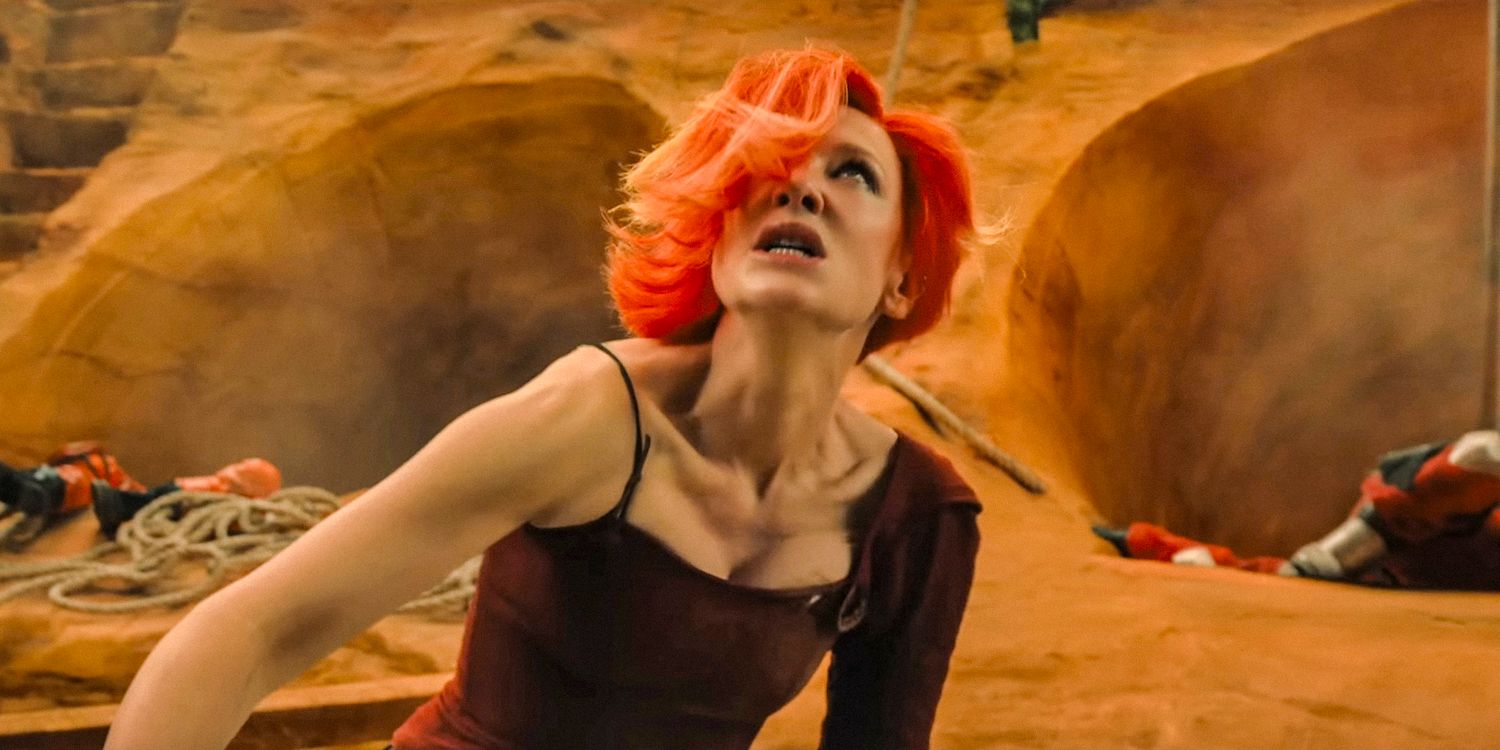
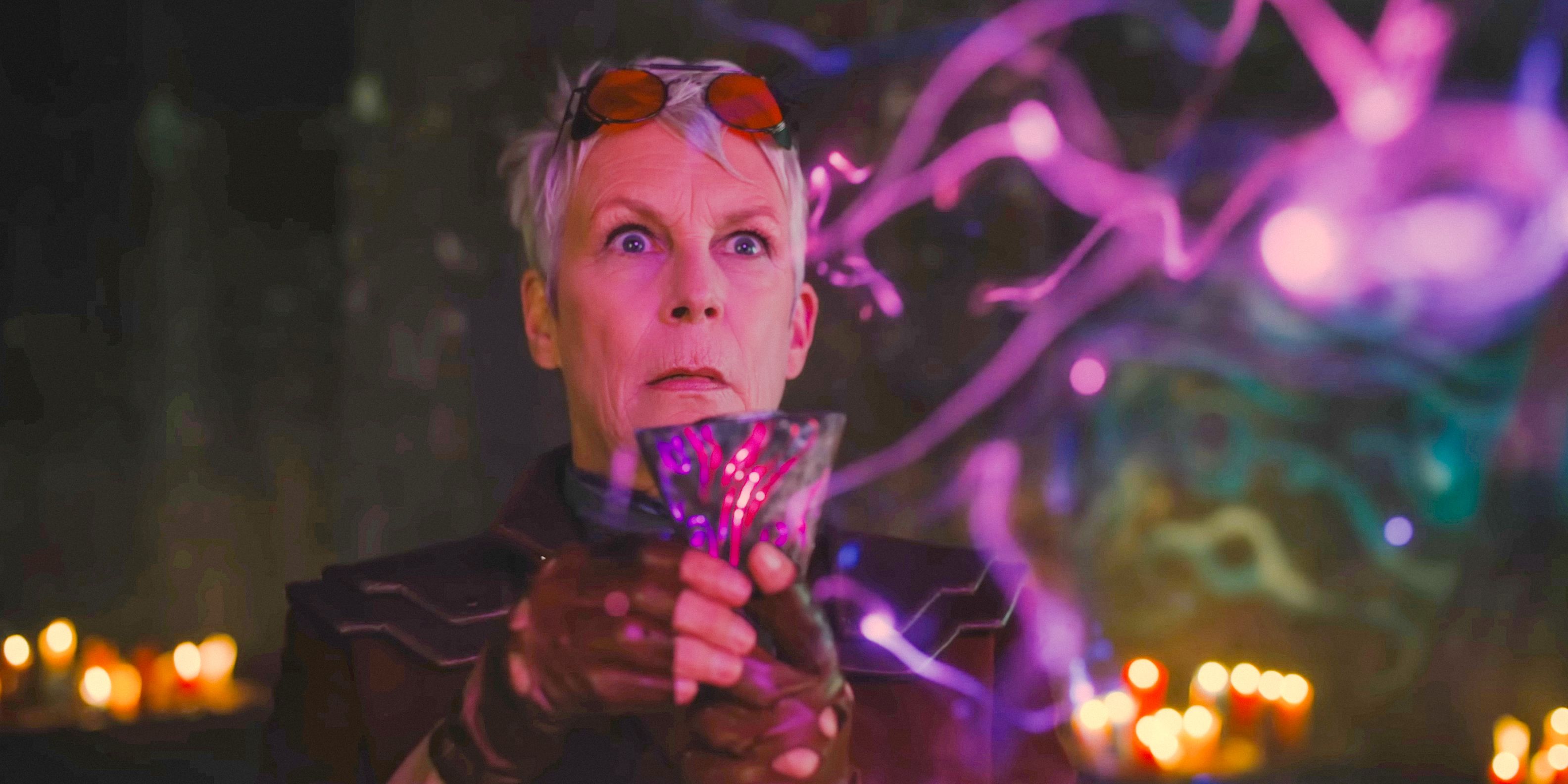
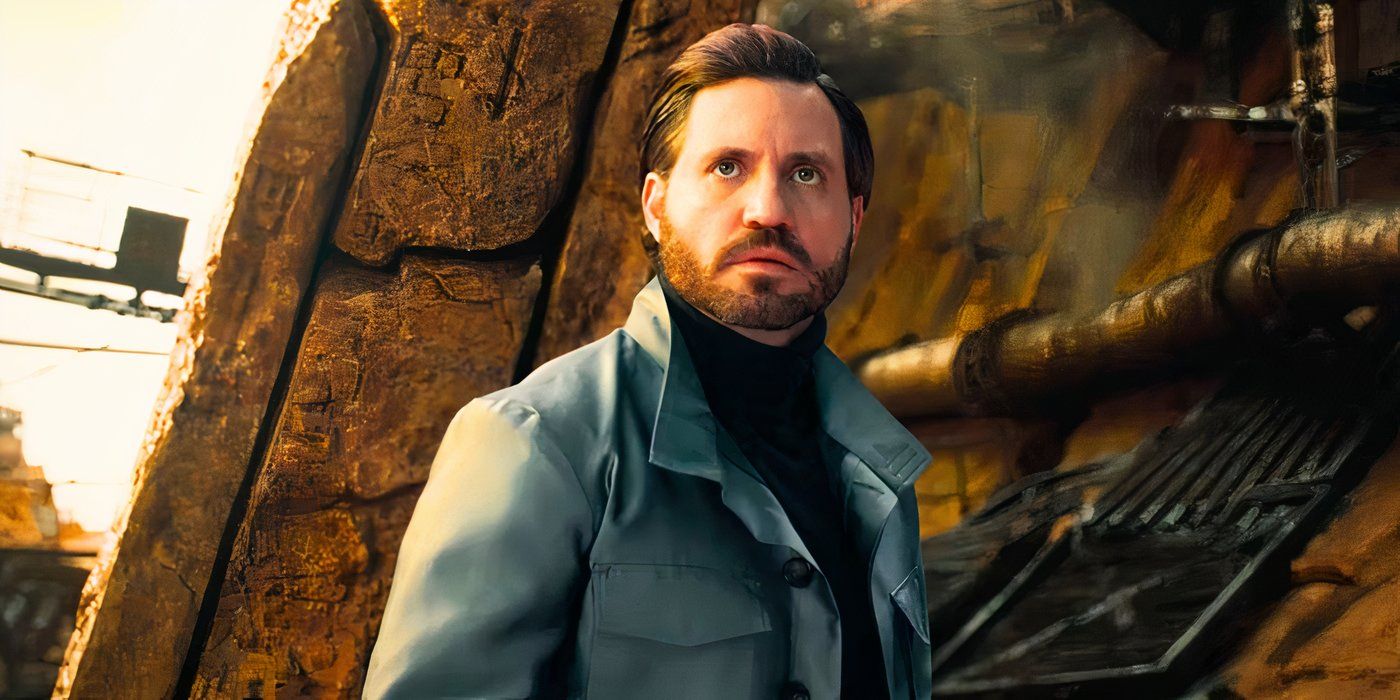
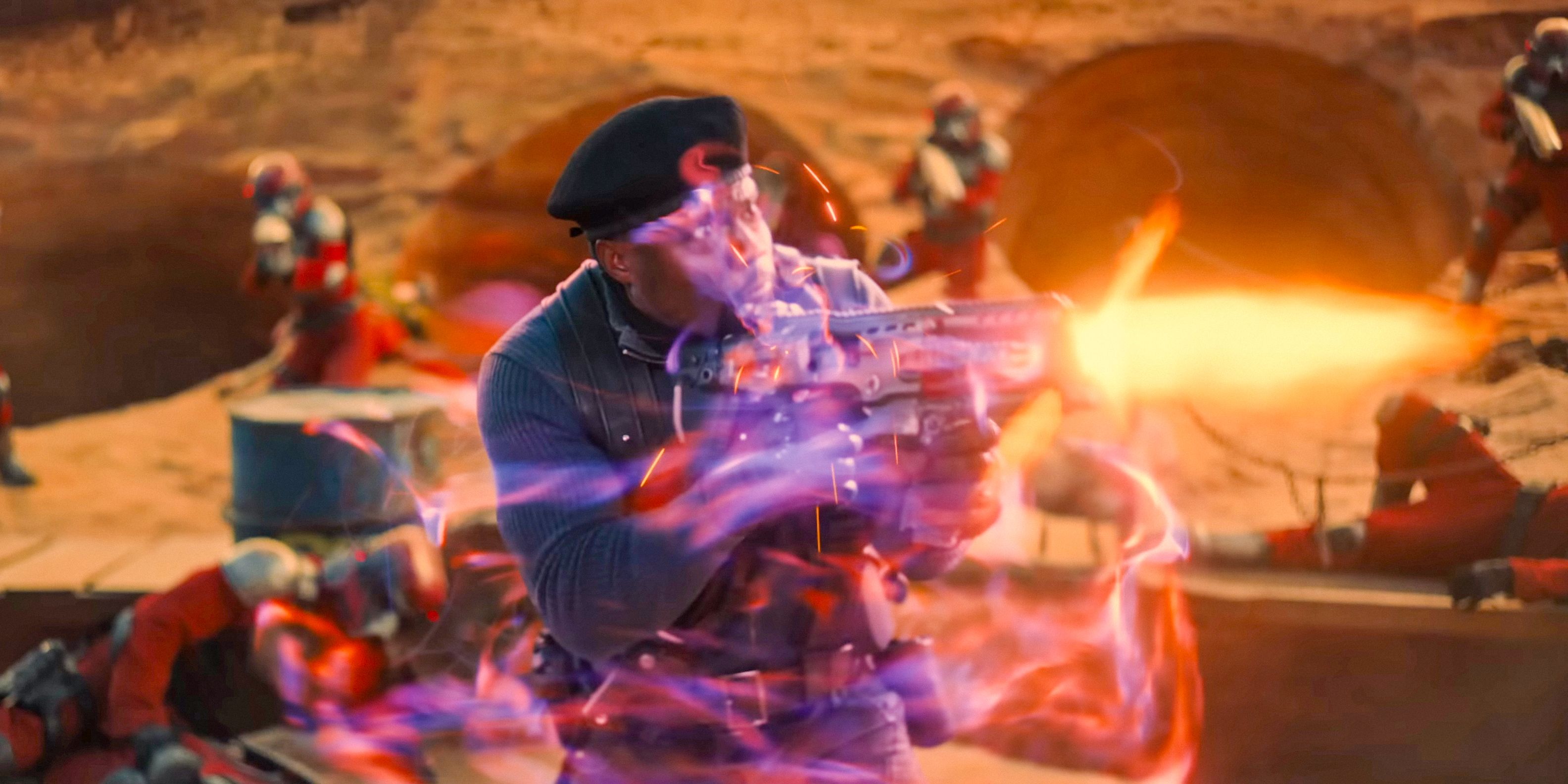
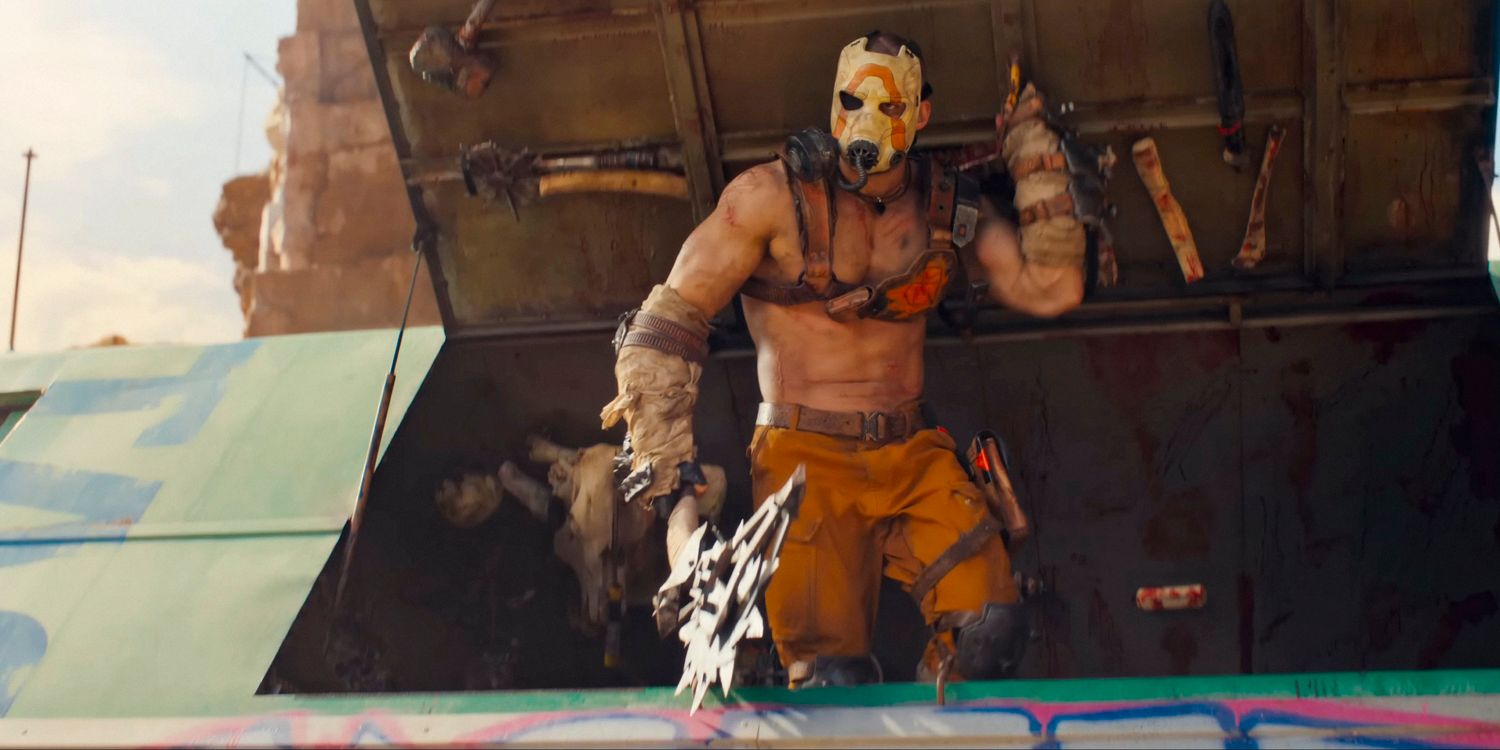
In the Borderlands video games, players select a Vault Hunter to control, with each character boasting a different skill tree and unique, class-based abilities. While Lilith is one of those playable Vault Hunters in the original game, Lilith isn’t necessarily more important than her comrades — Roland, Brick, and Mordecai, the latter of whom are both characters who are missing from the Borderlands movie. Not to mention, the franchise is synonymous with co-op play, which allows players to join each other in the rollicking role-playing shooter’s adventure. Making Lilith the undeniable protagonist fundamentally changes Borderlands.
Borderlands Changes Beloved Characters To Serve Lilith’s Story
Tiny Tina Is One Of Many Characters Who’s Altered Pretty Drastically
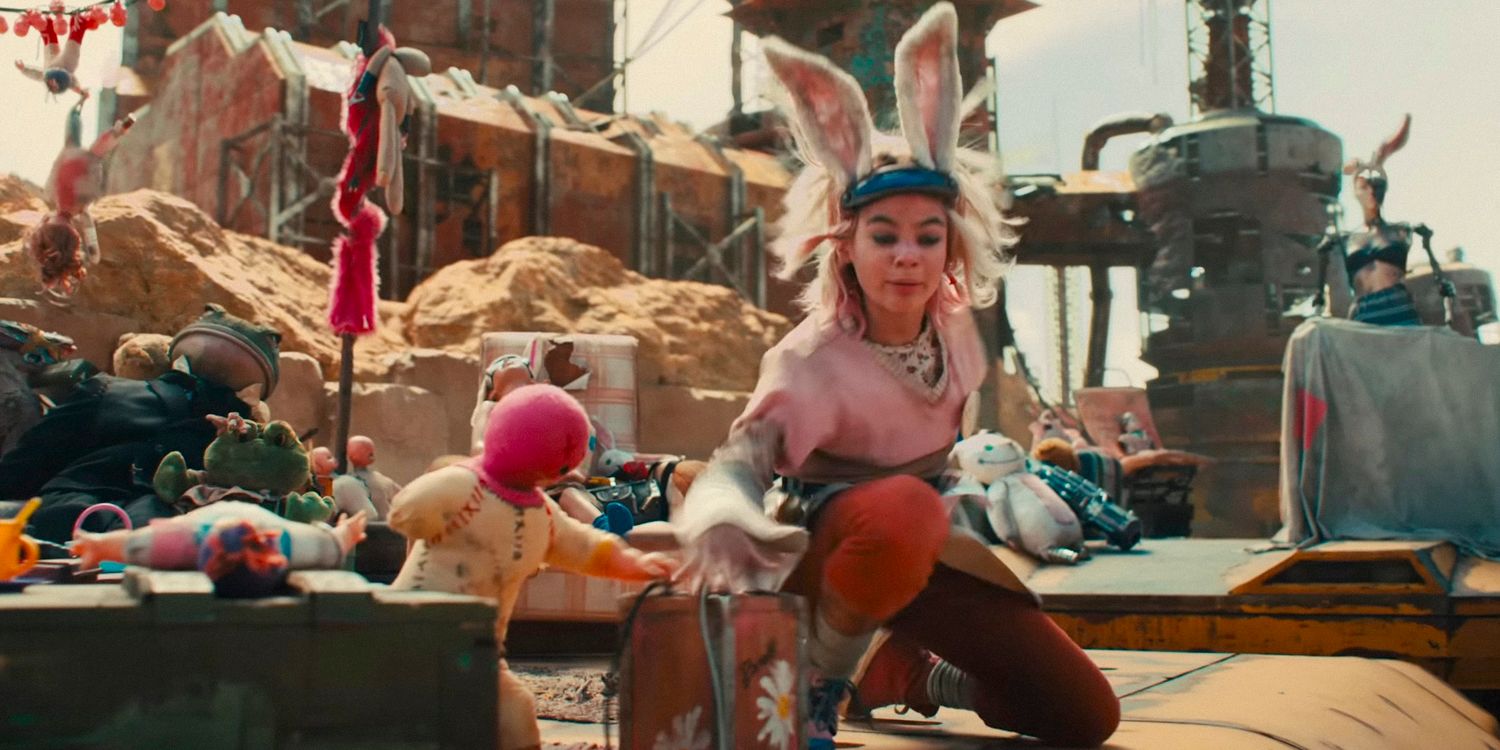
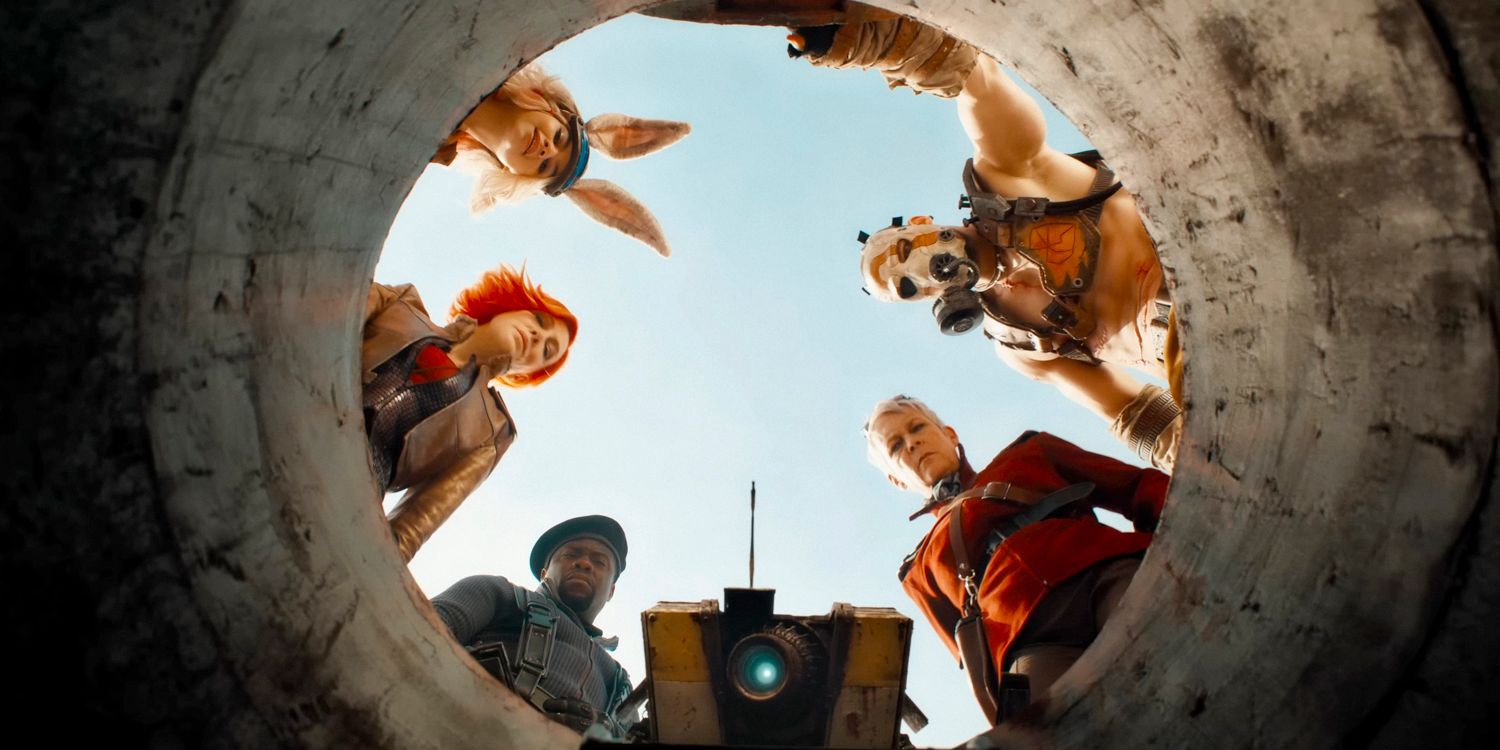
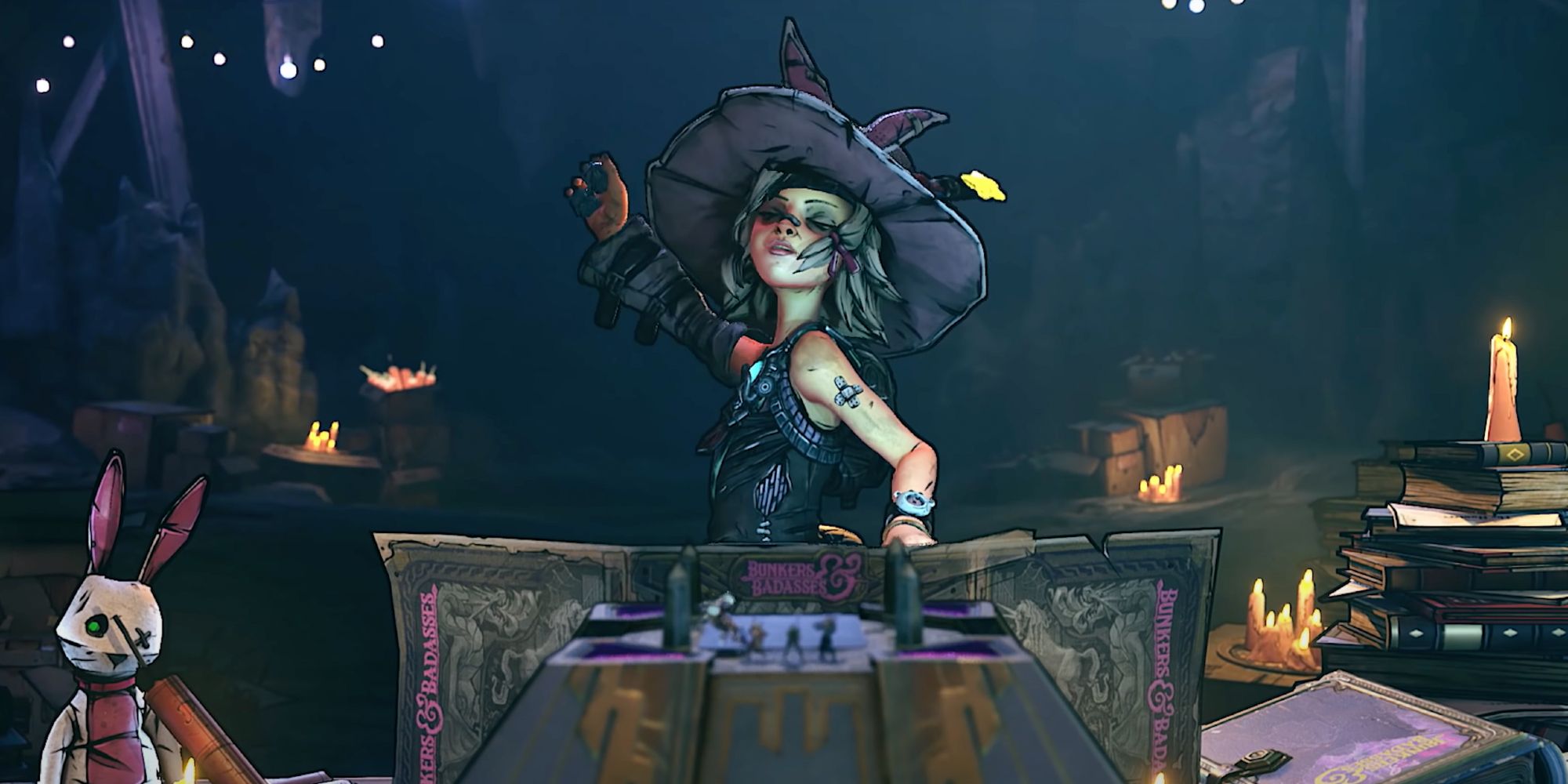
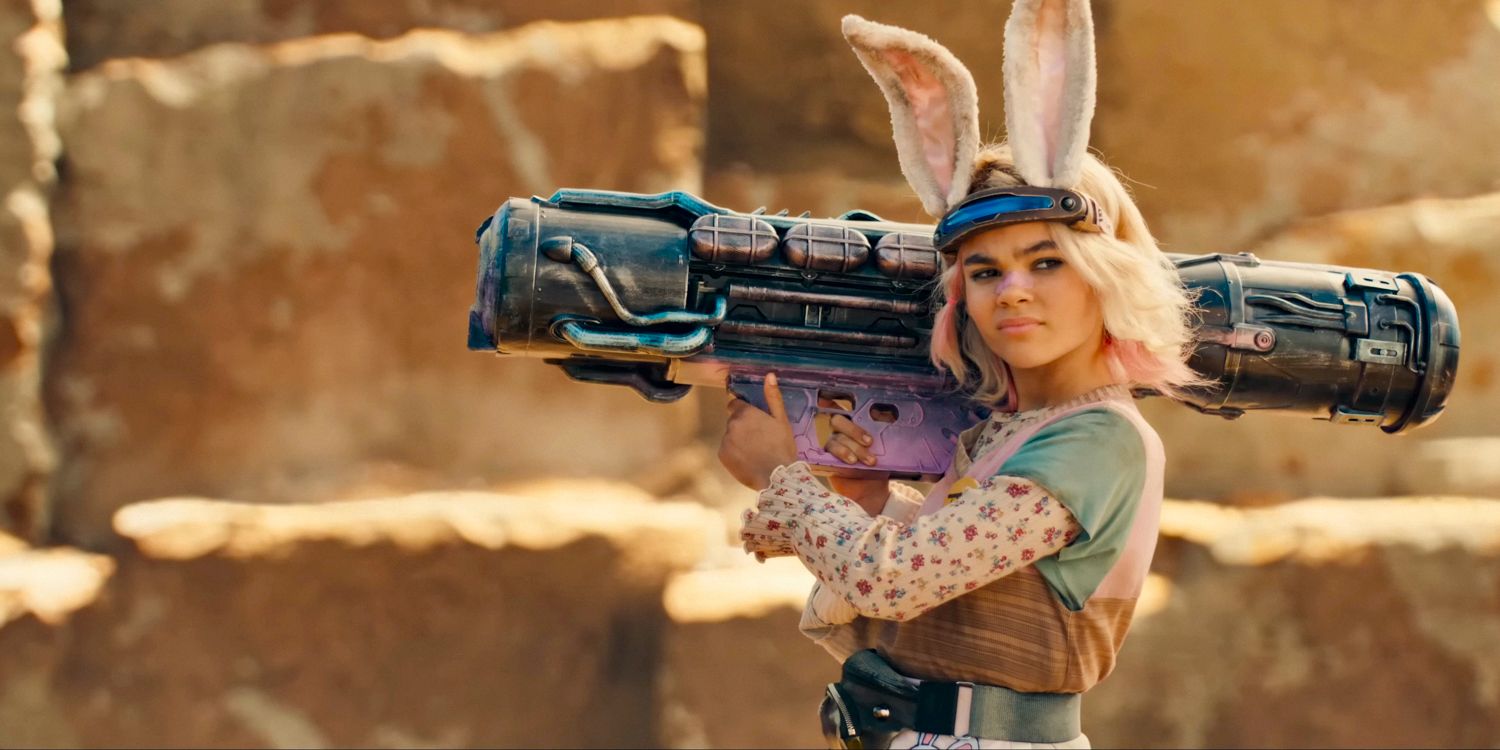
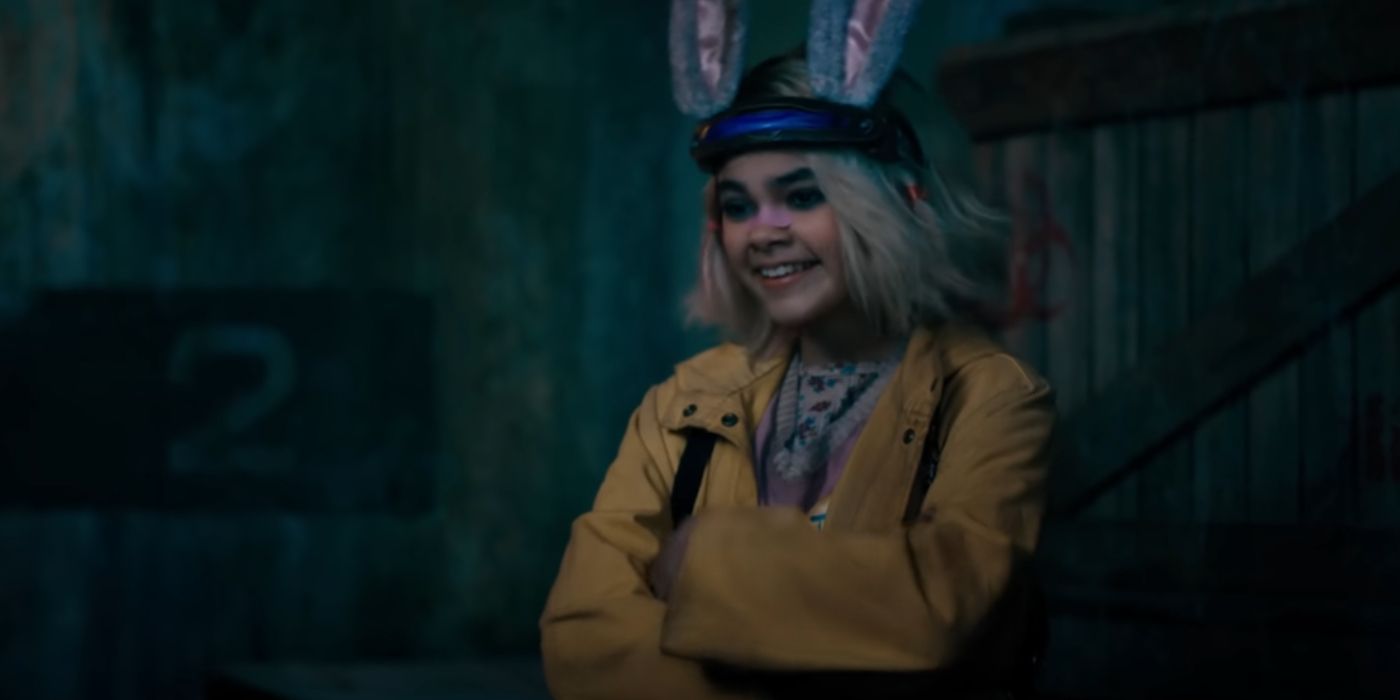
As mentioned, Tiny Tina is just one of the many characters who suffer from the movie’s insistence on making Lilith a chosen-one-style protagonist. Borderlands makes Tina the daughter of Atlas, as well as a child who was genetically engineered with biological material from the Eridians — Pandora’s ancient inhabitants. Until the Borderlands movie’s ending, Atlas believes Tina is the key to opening Pandora’s Eridian-made Vault, but that role ultimately goes to Lilith, who is seemingly the new incarnation of a protector deity called Firehawk. Needless to say, the characters are all written to serve Lilith’s arc.
A True Ensemble Movie Would Have Been Better For The Planned Borderlands Cinematic Universe
The Future Of The Borderlands Movie Franchise Is Unclear
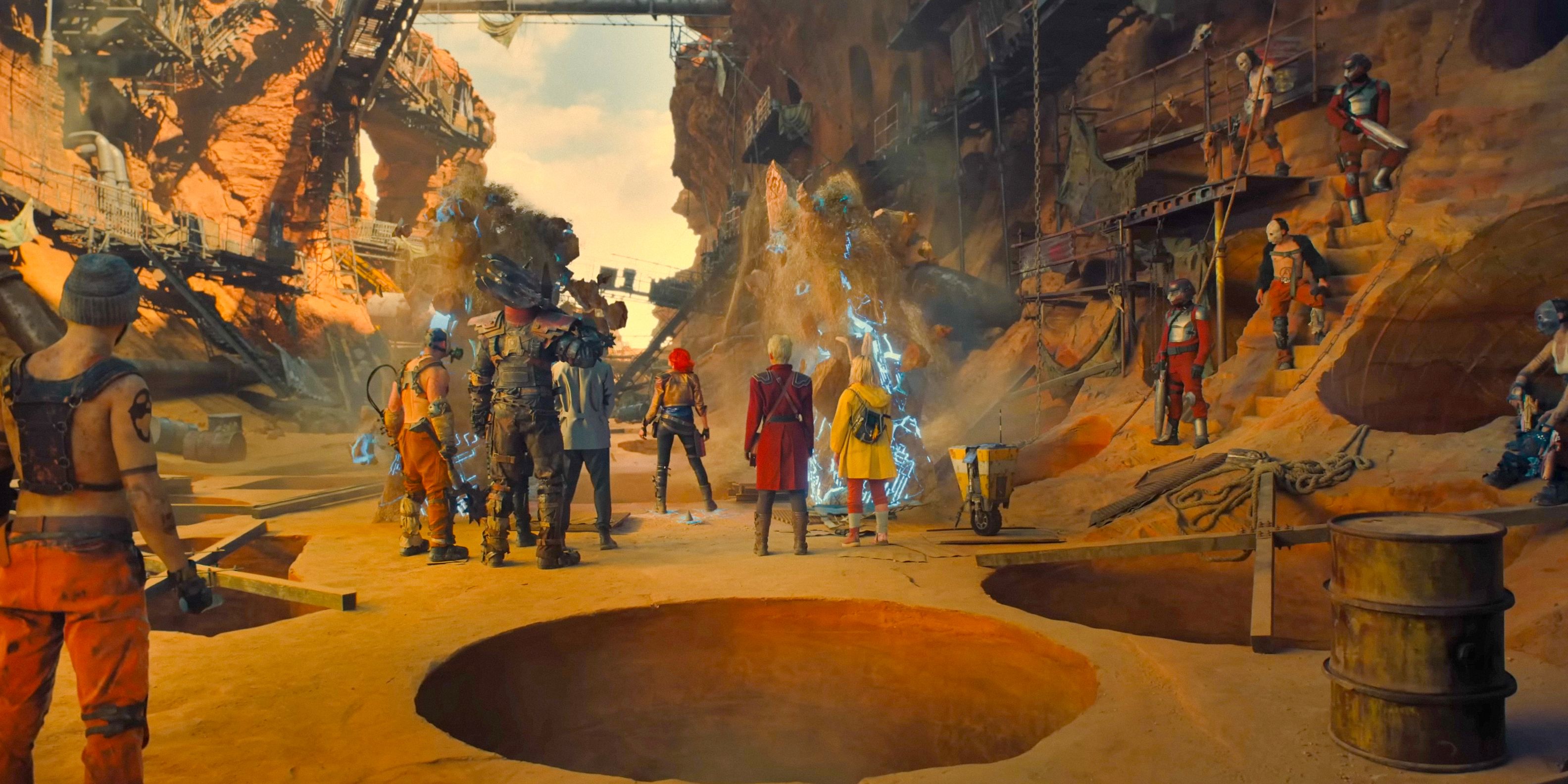
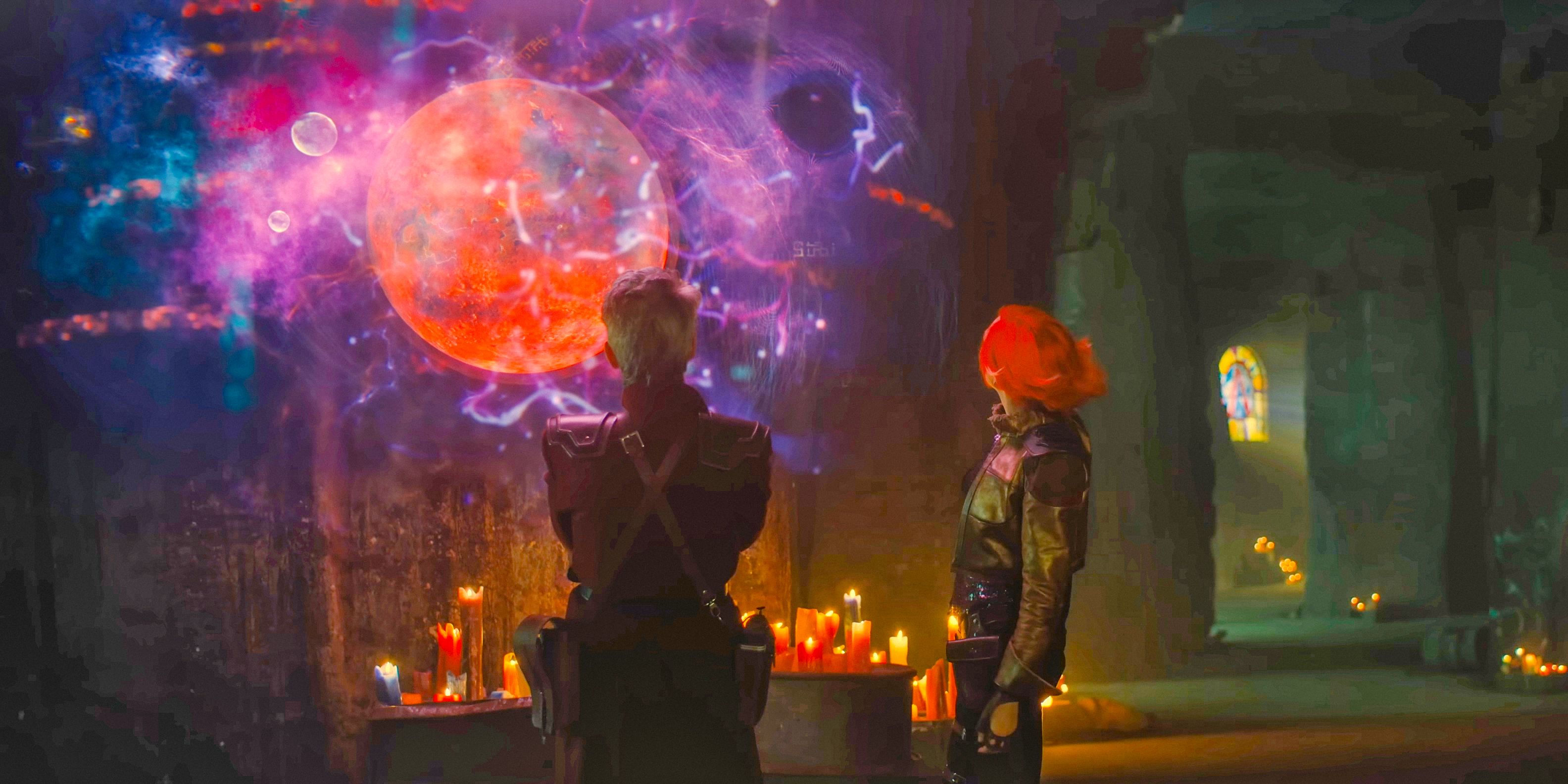
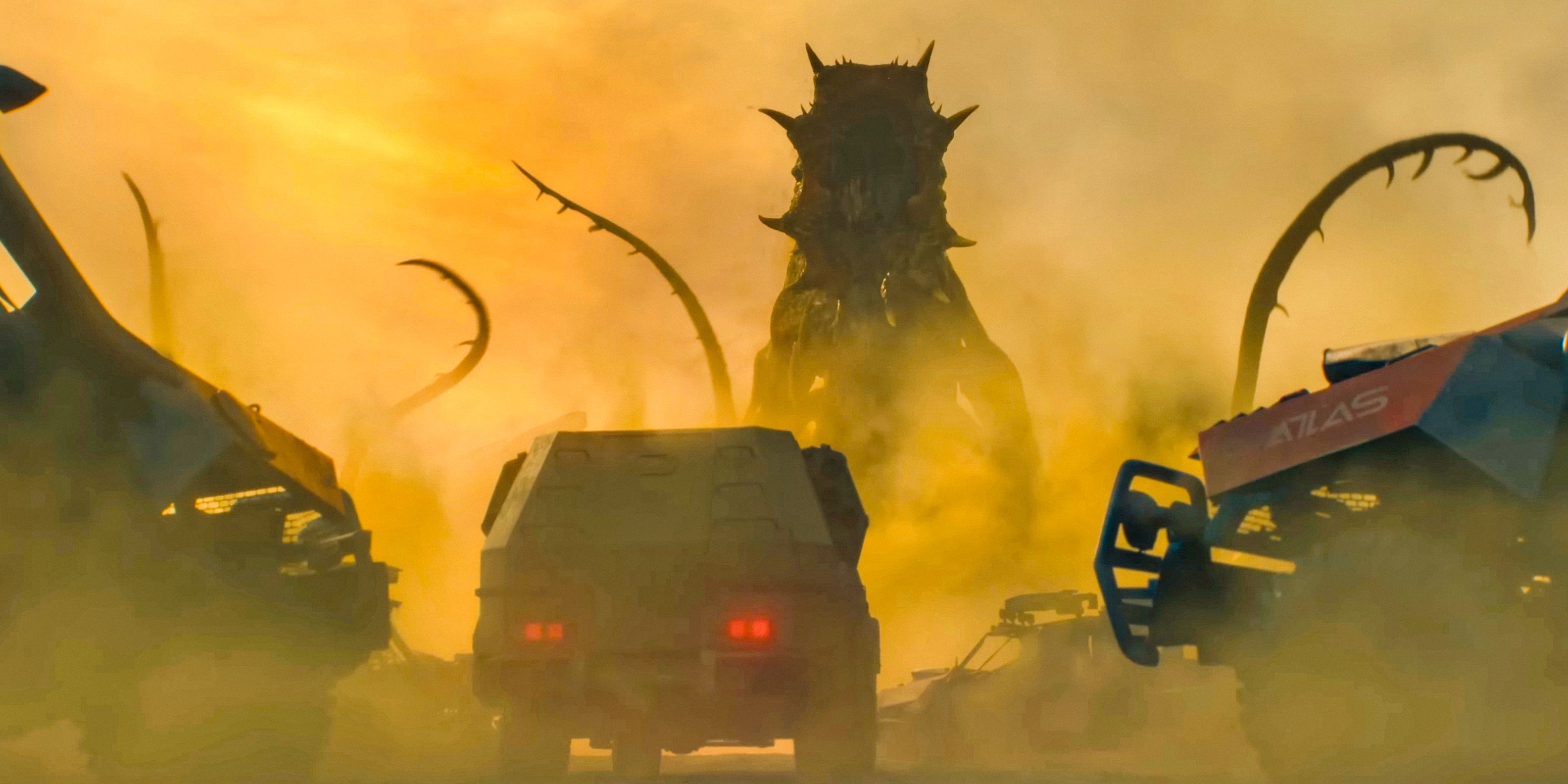
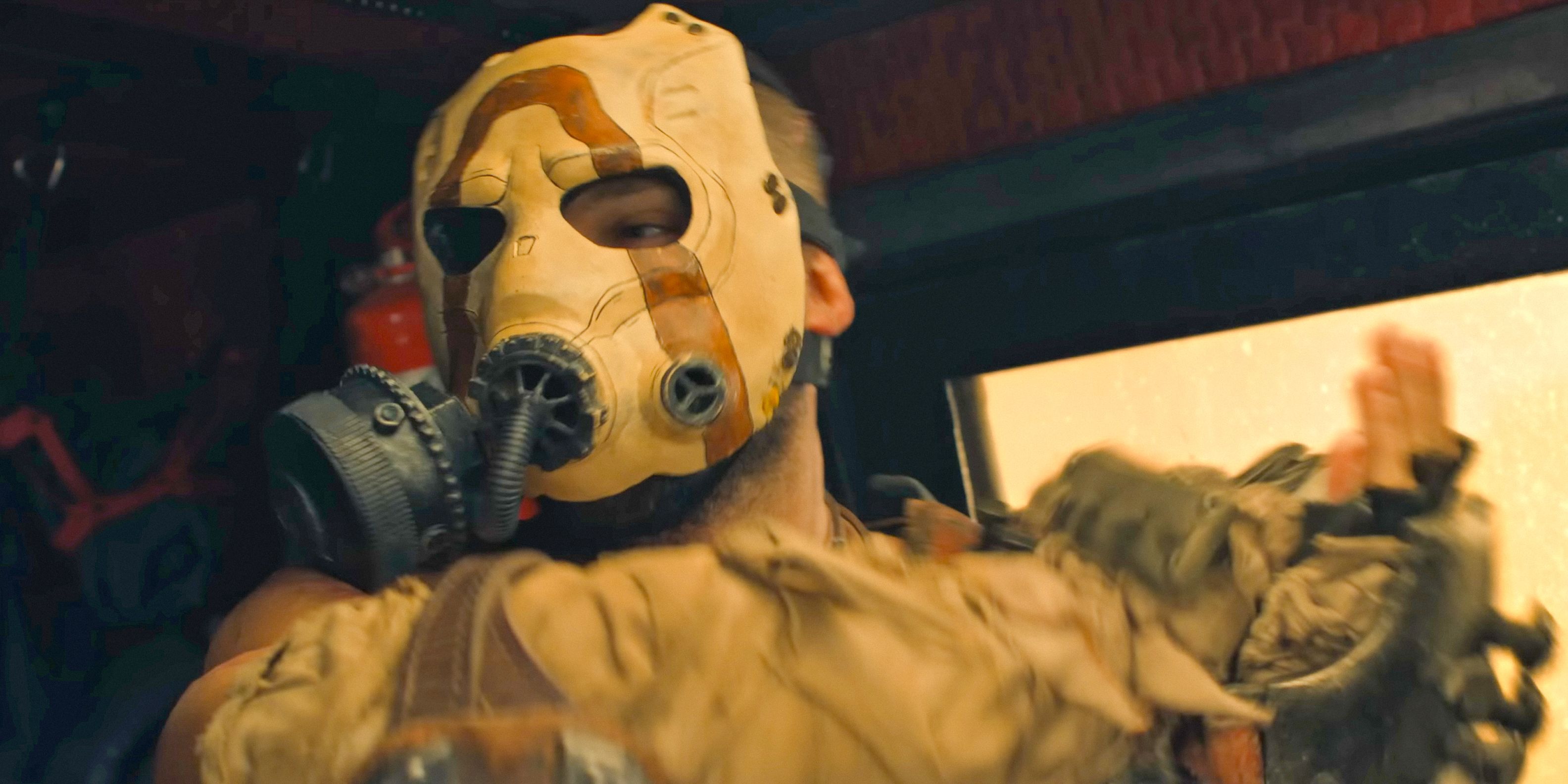
Clearly, transforming Lilith into a traditional hero who carries the bulk of the narrative is a disservice to Borderlands‘ colorful ensemble, but it’s also a huge detriment to the planned Borderlands cinematic universe. Evidently, creatives envisioned the first movie launching a whole franchise of films, which, given the source material’s approach, makes sense. In fact, the ensemble-driven games are perfect for spin-offs and sequels because of all the great characters. While the future of this cinematic universe is unclear, Borderlands‘ biggest change from the games has done nothing to improve the slim odds of another Borderlands outing.


